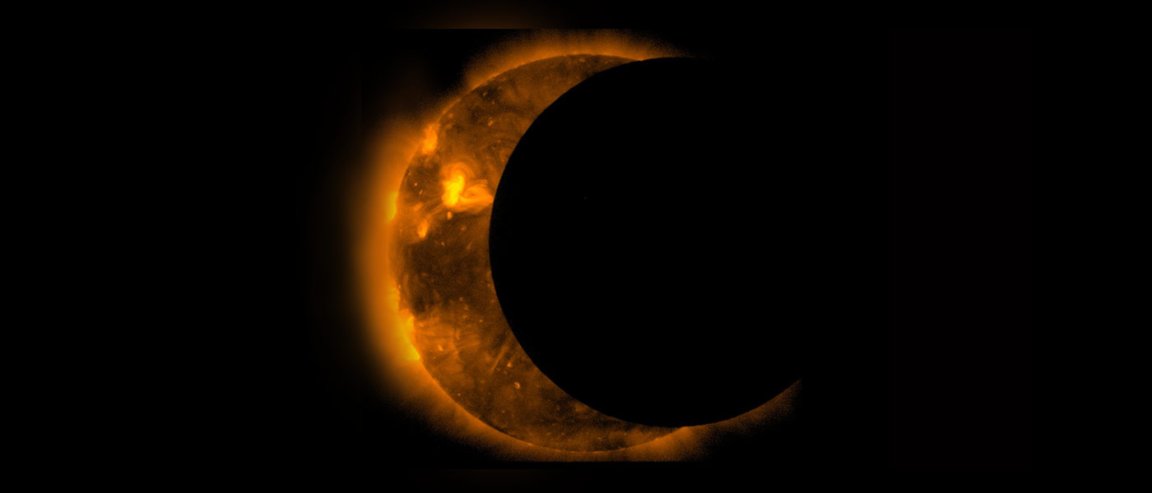
In the early hours of March 8-9, a dark shadow will be cast as the moon passes between the Sun and Earth. This total solar eclipse will last for over a minute in every location on its path.
“You notice something off about the sunlight as you reach totality,” says Sarah Jaeggli, a space scientist at NASA’s Goddard Space Flight Center. “Your surroundings take on a twilight cast, even though it’s daytime and the sky is still blue.”
Path of Totality
NASA explains that total solar eclipses are possible because of very precise planetary geometry: the Sun is 400 times wider than the Moon, but it is also a little more than 400 times farther from Earth than the Moon during total solar eclipses, so to our eyes they appear the same size in the sky. This means the Moon can block the entirety of the Sun’s face while obscuring only a tiny portion of the inner corona.
If you’re in Southeast Asia, you’re in luck. You’ll have a front row seat to this stunning geometric feat. The eclipse will begin shortly after 6PM on March 9 (AEST) over Indonesia, then move northeastwards for about three hours over Borneo, and finally out over the Pacific Ocean.
NASA has released a few visualizations showing the path of totality, or the path where the eclipse will be total. It will cover an area 14,162 km (8,800 miles) long and 156 km (97 miles) wide at its broadless point; and every point along the path of totality will experience darkness for 1.5 to 4 minutes.


Disappointed your location isn’t on the list? There might still be hope.
“Though only people along the narrow path of totality will see the total eclipse, millions more will see some degree of a partial solar eclipse in Asia and the Pacific, including Hawaii, Guam, and parts of Alaska,” says NASA. “A partial eclipse will also be visible along the path of totality for over an hour before and after the total eclipse.”
Those living in northern Australia will also get to witness a partial solar eclipse, according to ABC News; but the spectacle will be restricted to anyone north of a line drawn between Perth and Rockhampton.
Alternative Options
If you’re not fortunate enough to live in one of those locations, now might be a good time to schedule some adventurous swimming in the Pacific or book that trip to Indonesia you’ve been putting off.
If, however, you don’t mind watching the eclipse behind the familiar glow of your computer screen, you still have some options. You can check out this live broadcast from Micronesia, or head to the Solar Dynamics Laboratory website for images of the eclipse when it happens.
The next eclipse is due to occur on August 21, 2017.
“The path of the shadow begins in northern Pacific and crosses the US from west to east through parts of the following states: Oregon, Idaho, Montana, Wyoming, Nebraska, Kansas, Missouri, Illinois, Kentucky, Tennessee, North Carolina, Georgia, and South Carolina,” says NASA.
A partial eclipse will be observable from a much larger area that will include most of North America.
This will be the first total solar eclipse visible from the contiguous United States since 1979; and the first to traverse the country from coast to coast since 1918.